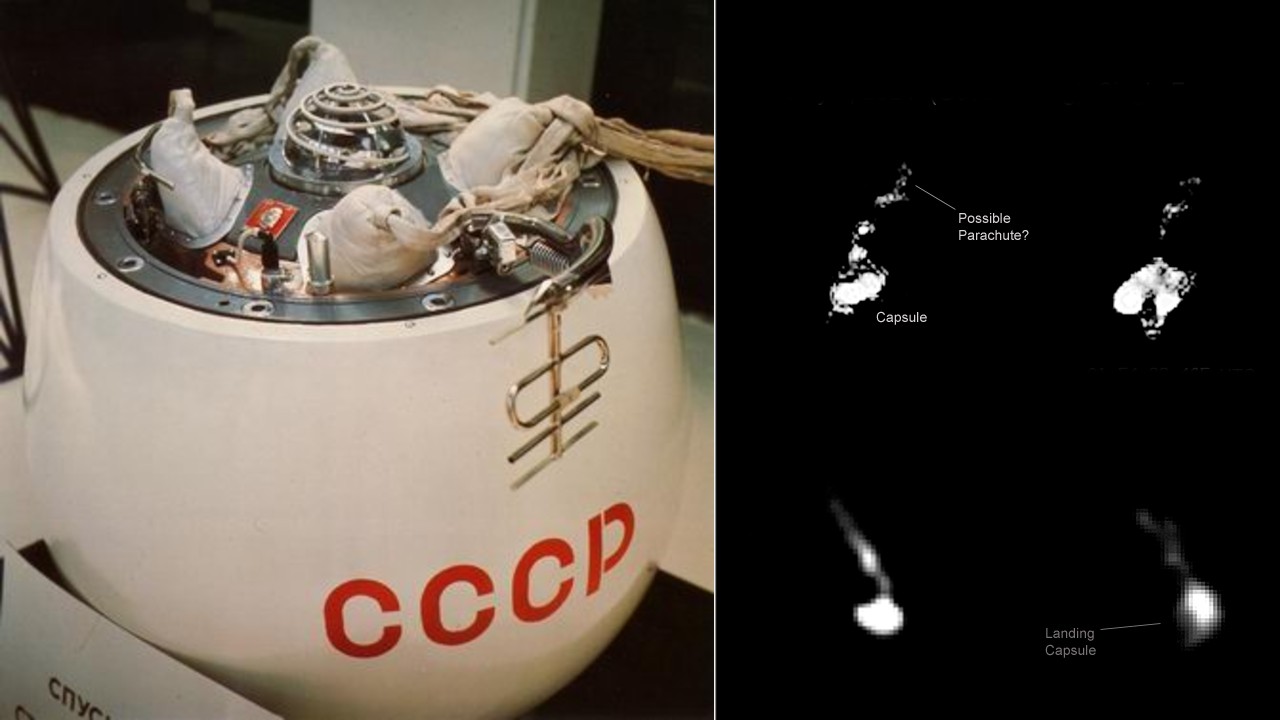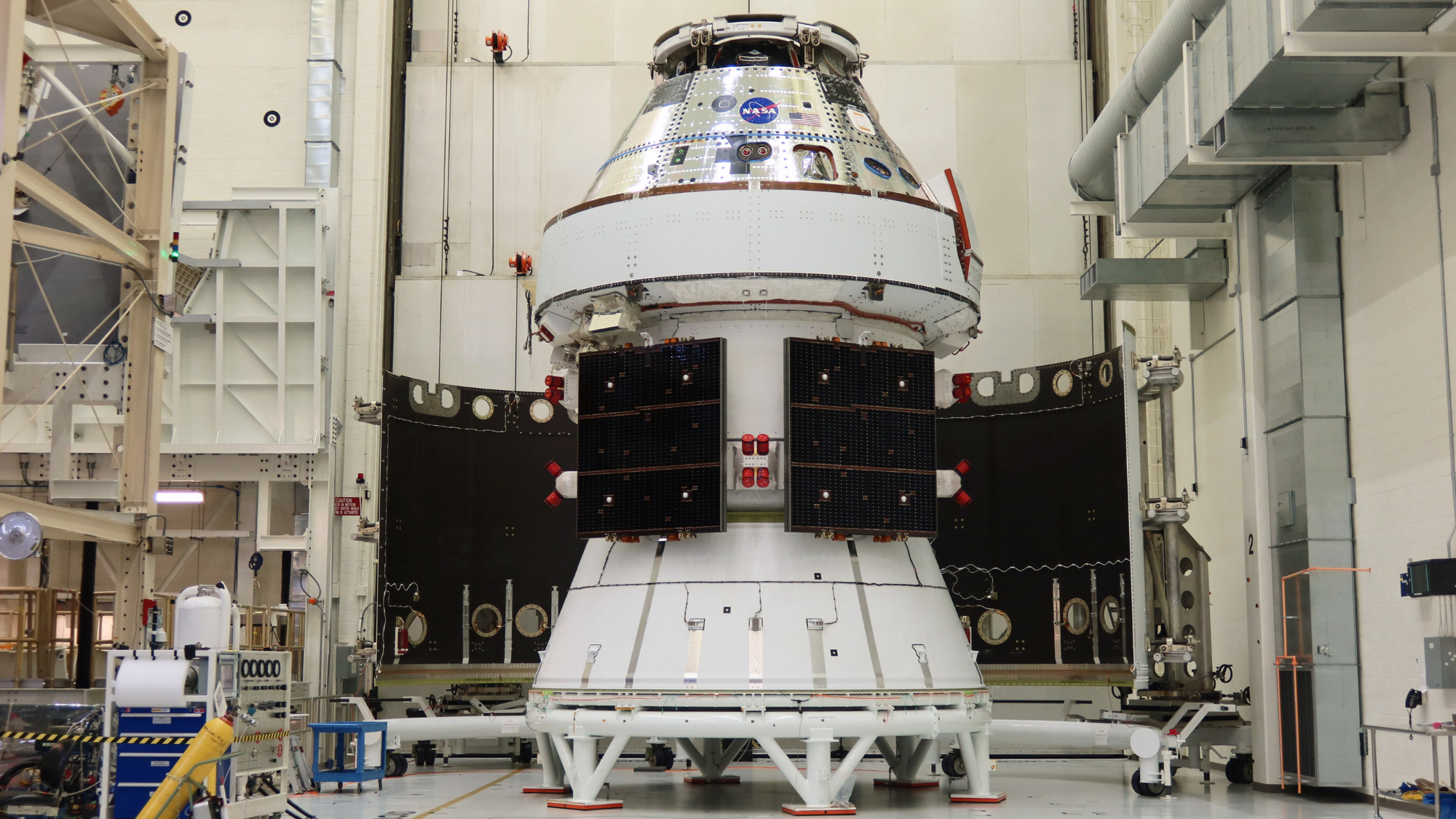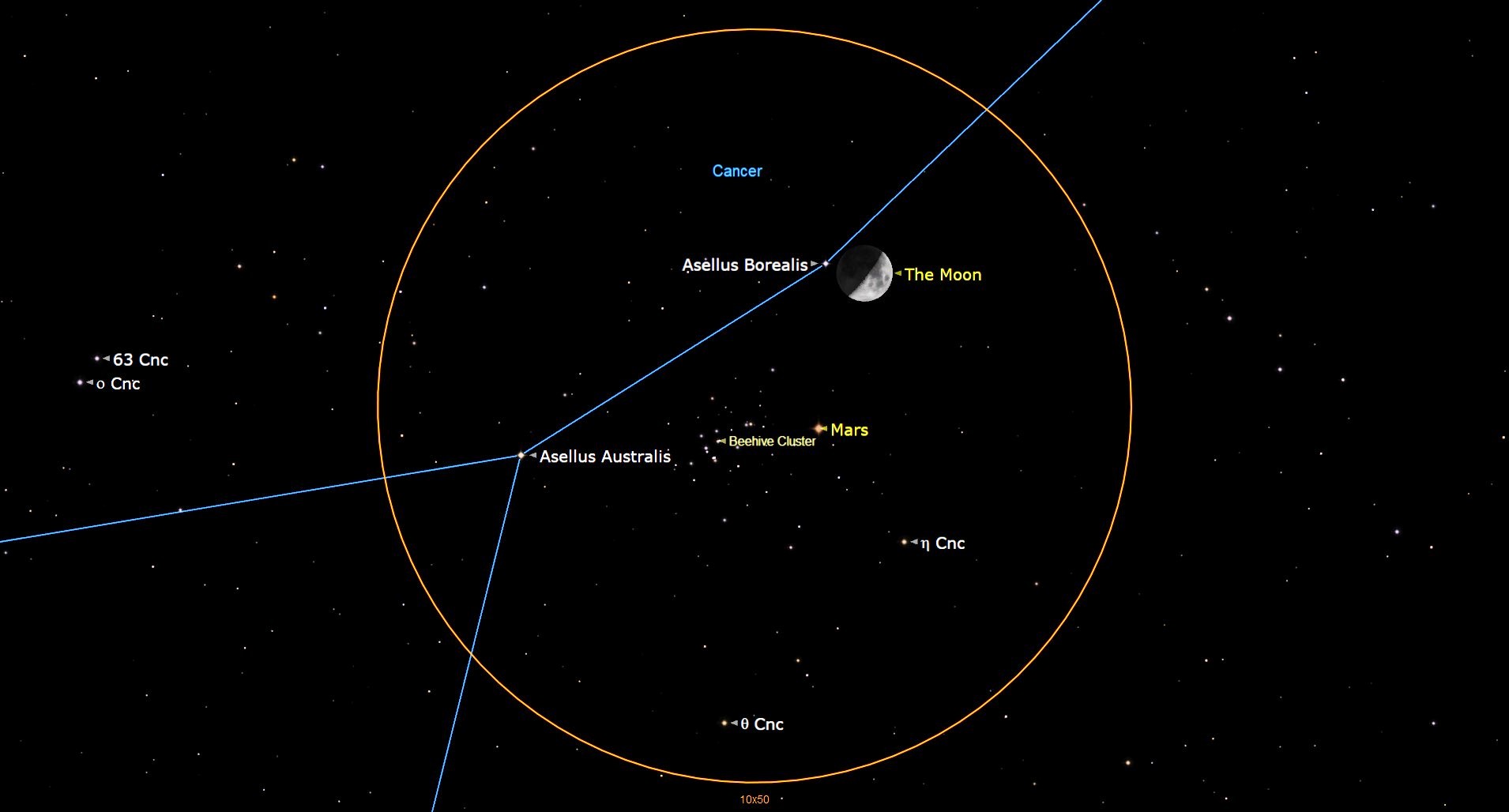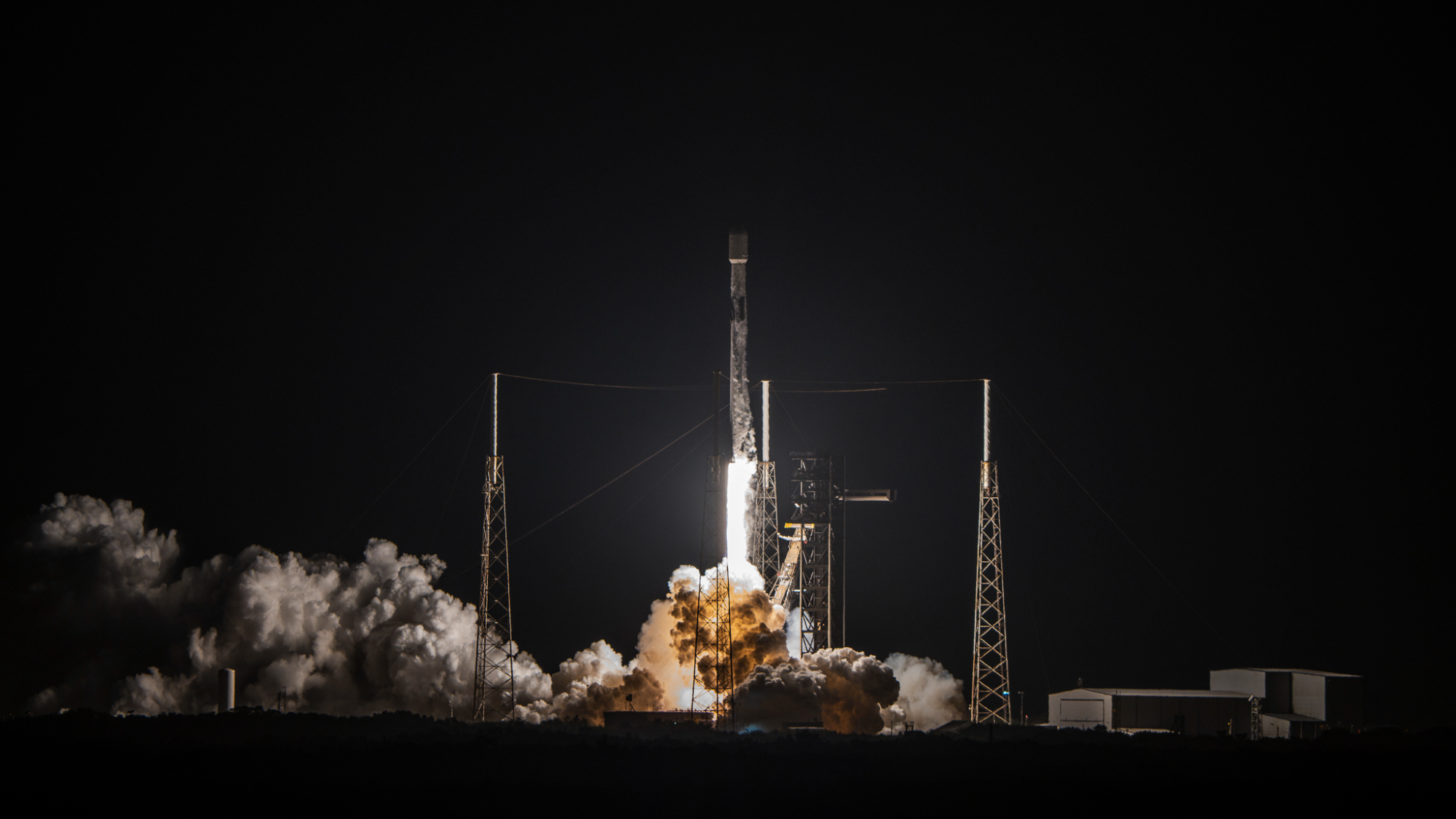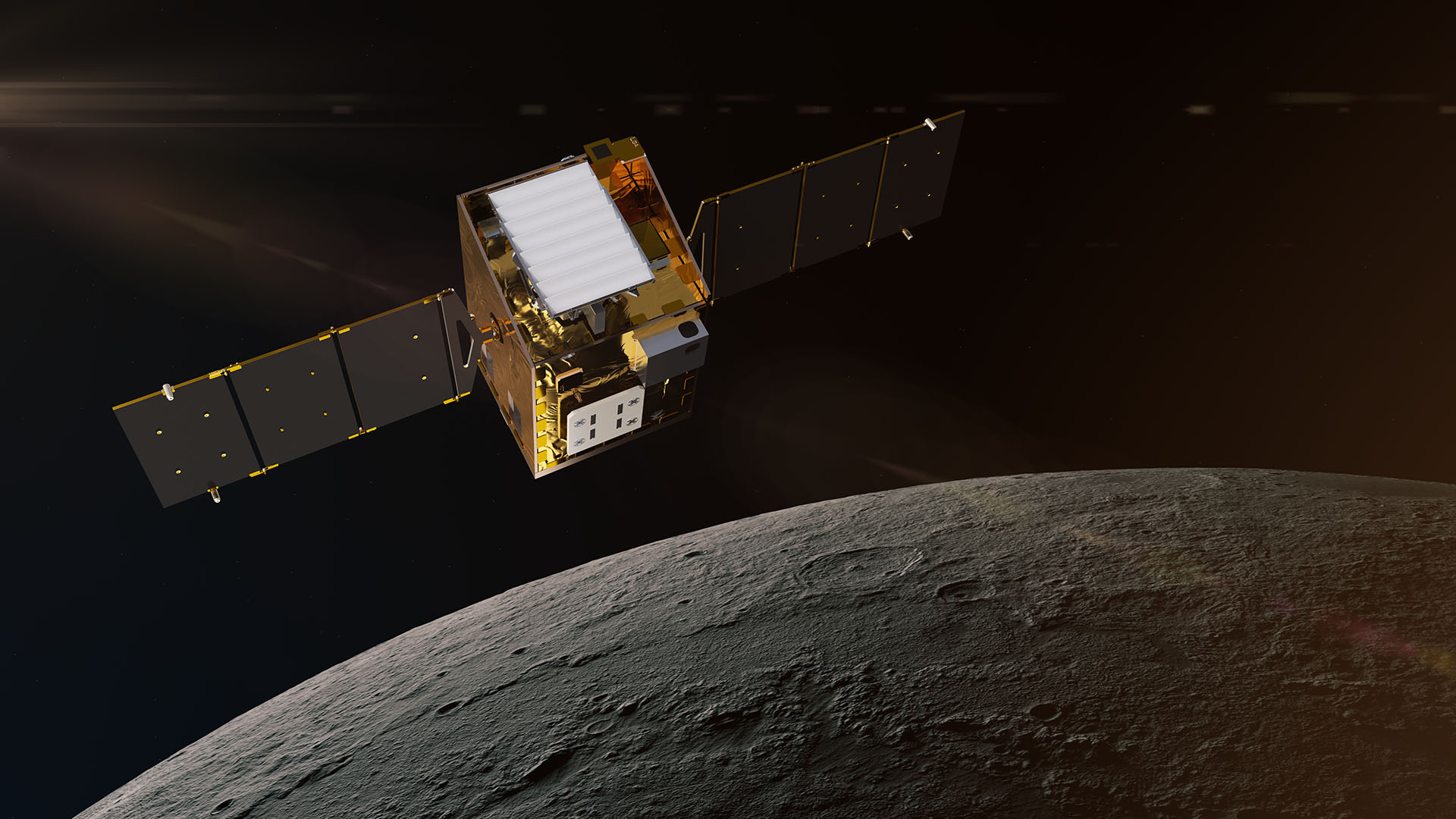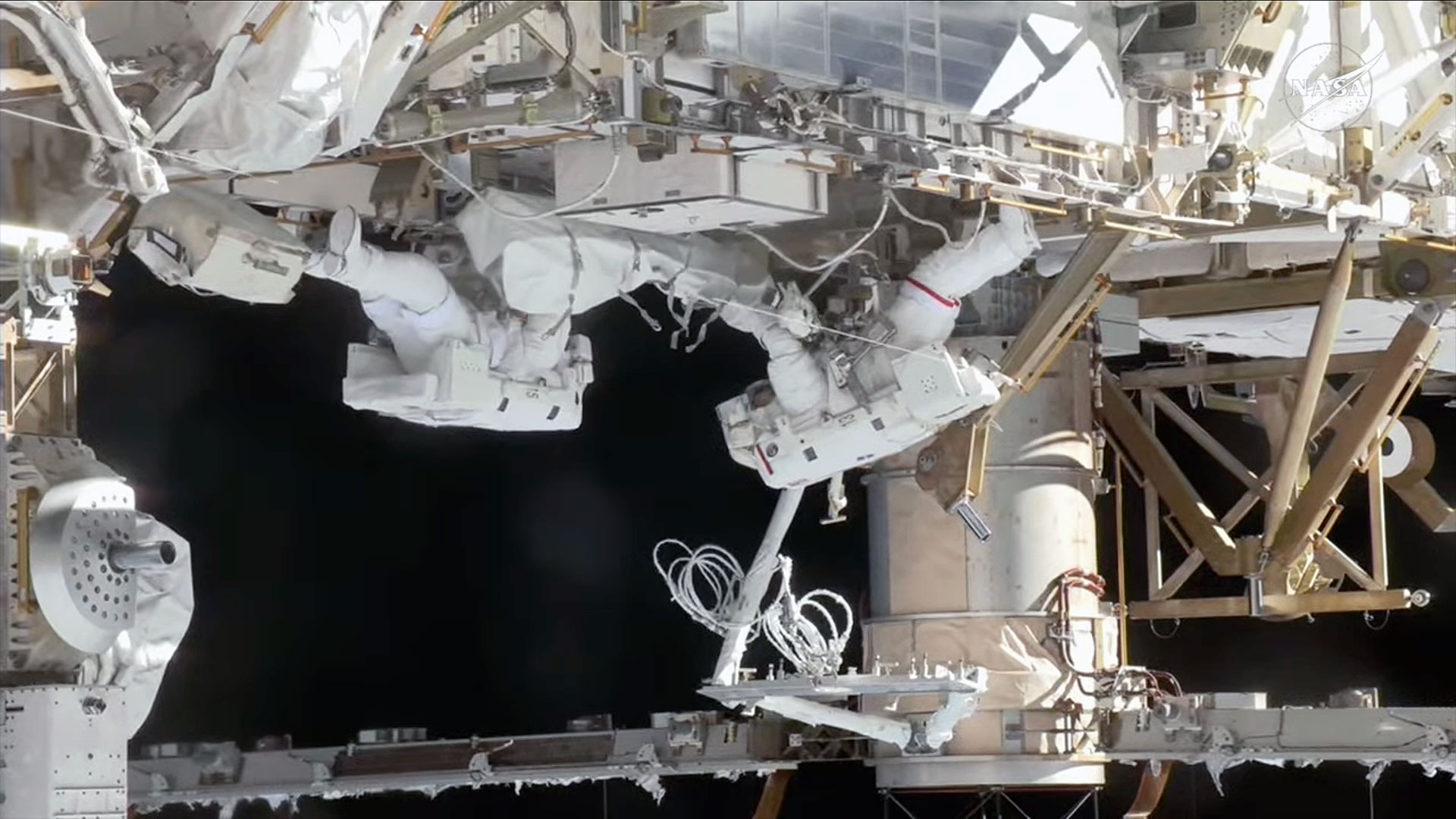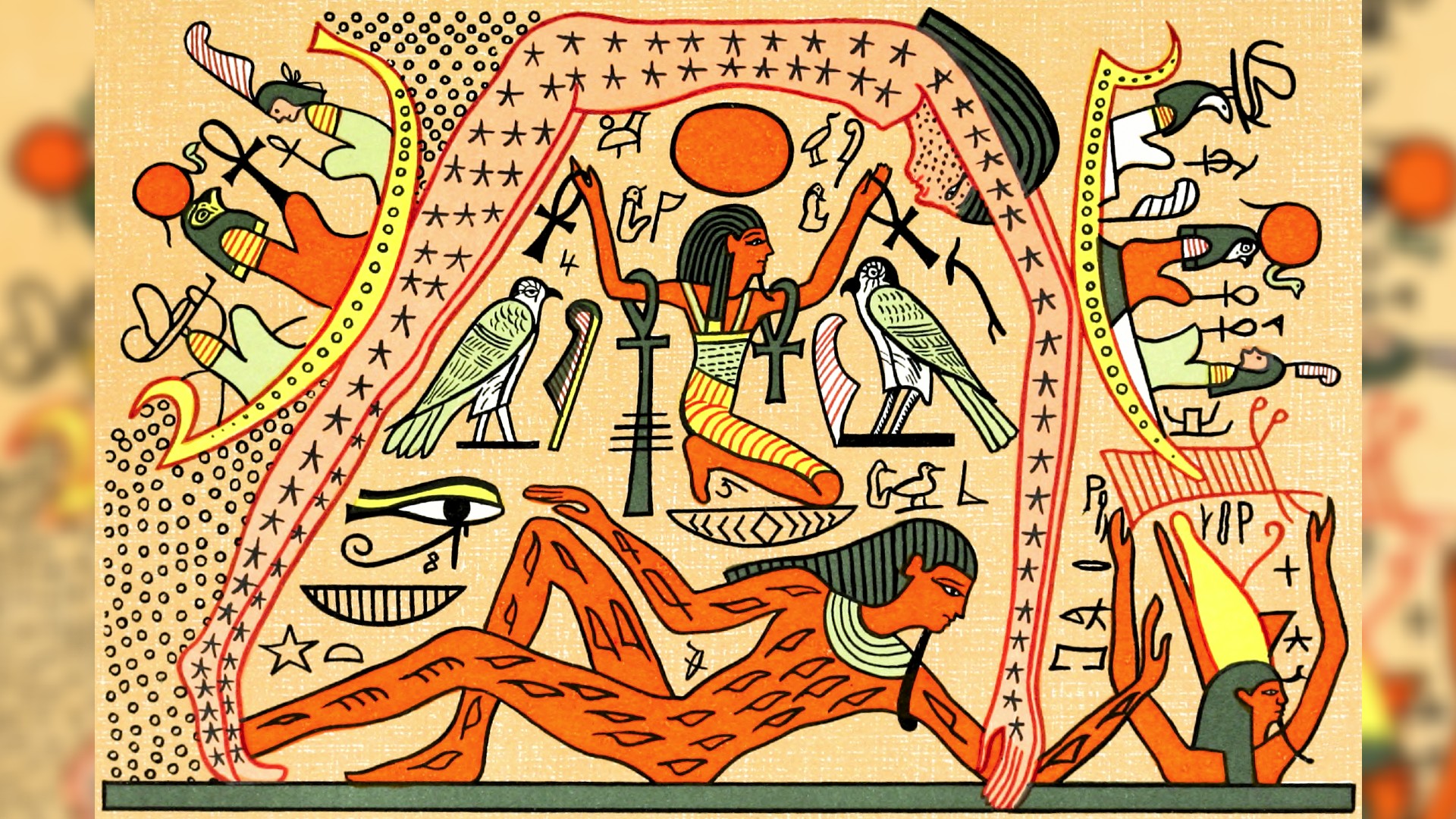NASA's about to scoop up some asteroid dirt on the space rock Bennu. Scientists are thrilled.
For scientists, every asteroid is important.

NASA will touch a space rock tomorrow (Oct. 20) in a milestone event for what the agency considers a crucial field of study: asteroid science.
The OSIRIS-REx spacecraft has spent two years orbiting a near-Earth asteroid called Bennu in preparation for the big moment. But that mission, more formally known as the Origins, Spectral Interpretation, Resource Identification, Security, Regolith Explorer, is just one of a host of asteroid missions on NASA's agenda.
"While the planets and moons have changed over the millennia, many of these small bodies of ice and rock and metal haven't," Lori Glaze, head of NASA's Planetary Science Division, said during a news conference held on Monday (Oct. 19). "So the asteroids are like time capsules floating in space that can provide a fossil record of the birth of our solar system."
Related: Photos: Asteroids in deep space
But just as paleontologists need to study a range of fossils to learn about different species and epochs, scientists need to visit a host of asteroids to paint a detailed picture of how our solar system got the way it is, Glaze said.
"There are so many of these small bodies out there," she said. "Looking at the diversity of those different types of objects can really help put that puzzle together."
And NASA has several missions tackling that big picture. OSIRIS-REx's sampling attempt is a key piece of that science agenda, since the spacecraft will bring the asteroid pieces back to Earth for scientists to examine with much more sophisticated instruments than can be sent into space.
Get the Space.com Newsletter
Breaking space news, the latest updates on rocket launches, skywatching events and more!
In particular, scientists are looking forward to analyzing amino acids and other carbon compounds that play a vital role in life here on Earth in the sample once it arrives later this decade. "We have really good reason to believe that the Bennu sample, when it returns, is going to contain a lot of these organic molecules, these building blocks," Jamie Elsila, a research scientist at NASA Goddard Space Flight Center in Maryland, said during the news conference.
There's no life to be found on Bennu, she emphasized. "But we're looking for those building-block molecules, because those are going to help us understand what the ingredients were in the early solar system, when life arose on Earth, and how those organic molecules might have been delivered to the Earth's surface — and maybe to elsewhere in the solar system as well."
But while sample analysis in terrestrial laboratories is scientifically incredibly valuable, scientists can't bring home a piece of every space rock that catches their eyes. "Bringing samples back is a real challenge," Glaze said.
That's where NASA's other asteroid missions, the ones that only journey one way, come into the picture. In particular, NASA is launching two key asteroid science missions this decade: Lucy in 2021 and Psyche in 2022.
Lucy will visit one object in the asteroid belt between Mars and Jupiter, then focus its attention on two special clusters of space rocks that orbit ahead of and behind Jupiter, called the Trojans, which scientists have never been able to examine up close.
"The Trojans, despite the fact that they're in a very narrow region of space, are very different from one another — they have different colors, different spectra," Hal Levison, the Lucy mission principal investigator at the Southwest Research Institute in Colorado, said during the news conference.
And Lucy, over the course of its mission, will visit seven Trojan rocks on five different stops. If all goes well, the spacecraft will give scientists observations of about as many Trojans as main-belt asteroids that spacecraft have visited to date.
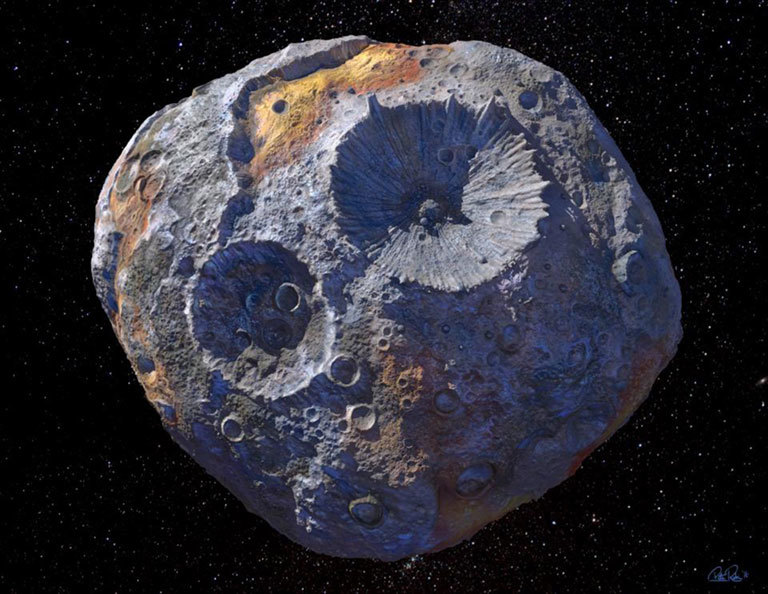
But main-belt asteroid missions are continuing, including with the 2022 launch of NASA's Psyche mission, which will visit an asteroid by the same name. Out of the 2 million objects in the asteroid belt, the asteroid Psyche is one of nine known objects that are primarily metal, rather than rock or ice. Scientists aren't sure how that came to be — their primary hypothesis is that the object was once the core of a planet that somehow lost its less-dense outer layers.
"It's an entirely unique object in our entire solar system," Lindy Elkins-Tanton, the Psyche mission's principal investigator at Arizona State University, said in the news conference. "One thing I can promise you for sure is that when we arrive, we will be surprised."
The observations of these missions grouped together, scientists hope, will help them to decipher the history of our solar system at large.
"We used to believe the planets sort of formed in the region we now see them. Really, what happened is that it's as if somebody picked up the solar system and shook it real hard," Levinson said. "So these objects that are leftover have moved a lot and have witnessed a lot."
Email Meghan Bartels at mbartels@space.com or follow her on Twitter @meghanbartels. Follow us on Twitter @Spacedotcom and on Facebook.
Join our Space Forums to keep talking space on the latest missions, night sky and more! And if you have a news tip, correction or comment, let us know at: community@space.com.

Meghan is a senior writer at Space.com and has more than five years' experience as a science journalist based in New York City. She joined Space.com in July 2018, with previous writing published in outlets including Newsweek and Audubon. Meghan earned an MA in science journalism from New York University and a BA in classics from Georgetown University, and in her free time she enjoys reading and visiting museums. Follow her on Twitter at @meghanbartels.
